If you put together a trauma medical kit or individual first aid kit (IFAK) five to seven years ago, you may need to update your gear. Whether you started with a simple first aid kit or a full 5.11 Tactical ALS/ELS medical bag, you should take the time now to review its contents. This article will look at what contents you should focus on and why you should replace each item.
Band-Aids, Gauze, & Dressings
By now, your Band-Aid wrappers have fallen apart and, the Band-Aids have attached themselves to everything else in your IFAK. Any sense of sterility is gone and, these need to be replaced. Take a look at the Band-Aid brand Infection Defense impregnated with antibiotics (Neosporin) to reduce the risk of secondary wound infection. Band-Aid also has the Water Block covering that is “100% waterproof.”
Suppose you had 4×4 gauze in individually wrapped packages; these packages may have come apart as well over the past five years. The sterility is compromised and likely not a great option for wound cleaning or care. These are relatively inexpensive, so do yourself a favor and replace them now.

Above: Prolonged exposure to heat, even if it’s not direct sunlight, can render the contents of an unopened vehicle med kit unusable.
For those of you who carry Israeli dressings, or similar, they should be fine. Inspect the outer packaging to ensure it hasn’t been compromised. The packaging is pretty stout and can take a beating. If there’s any question as to the integrity of the outer package, replace it and use the old one for training purposes. Note that there have been improvements to these dressings over the years. That may be another reason to upgrade your stock.
We should include chest seals here. It used to be that any chest seal would do. Now the recommendation is to carry vented chest seals to use on all open chest wounds. Check out SAM Medical’s version of their vented chest seal, which has an upgrade over the Halo. The SAM Medical True Flow Valve allows the vented portion to breathe despite any pressure applied to the bandage. It’s the only chest seal with this device included.
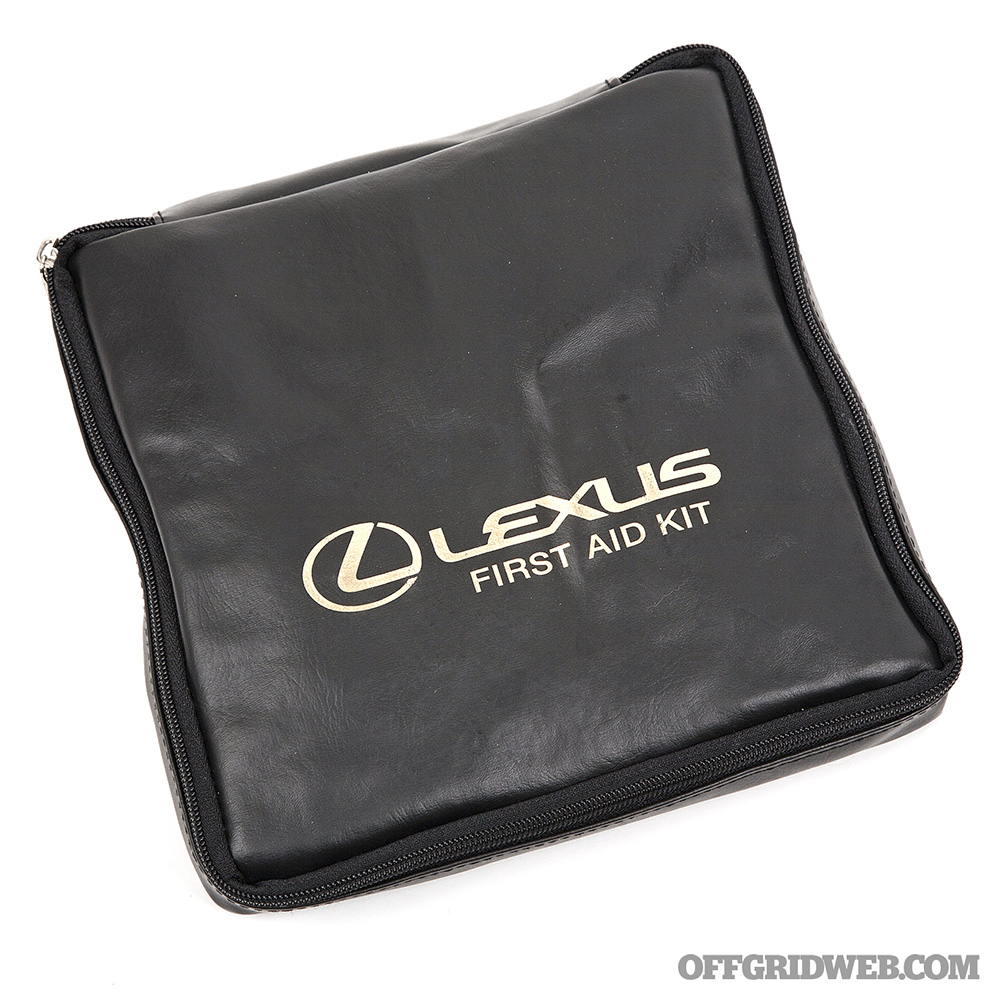
This first aid kit was found in a 2001 Lexus sedan, preserved like a time capsule. Although most of the contents looked surprisingly good at first glance, the packaging on the once-sterile gauze and Band-Aids (made in 1998) had peeled apart, and the alcohol wipes were bone dry. Most of these items should’ve been replaced ages ago.
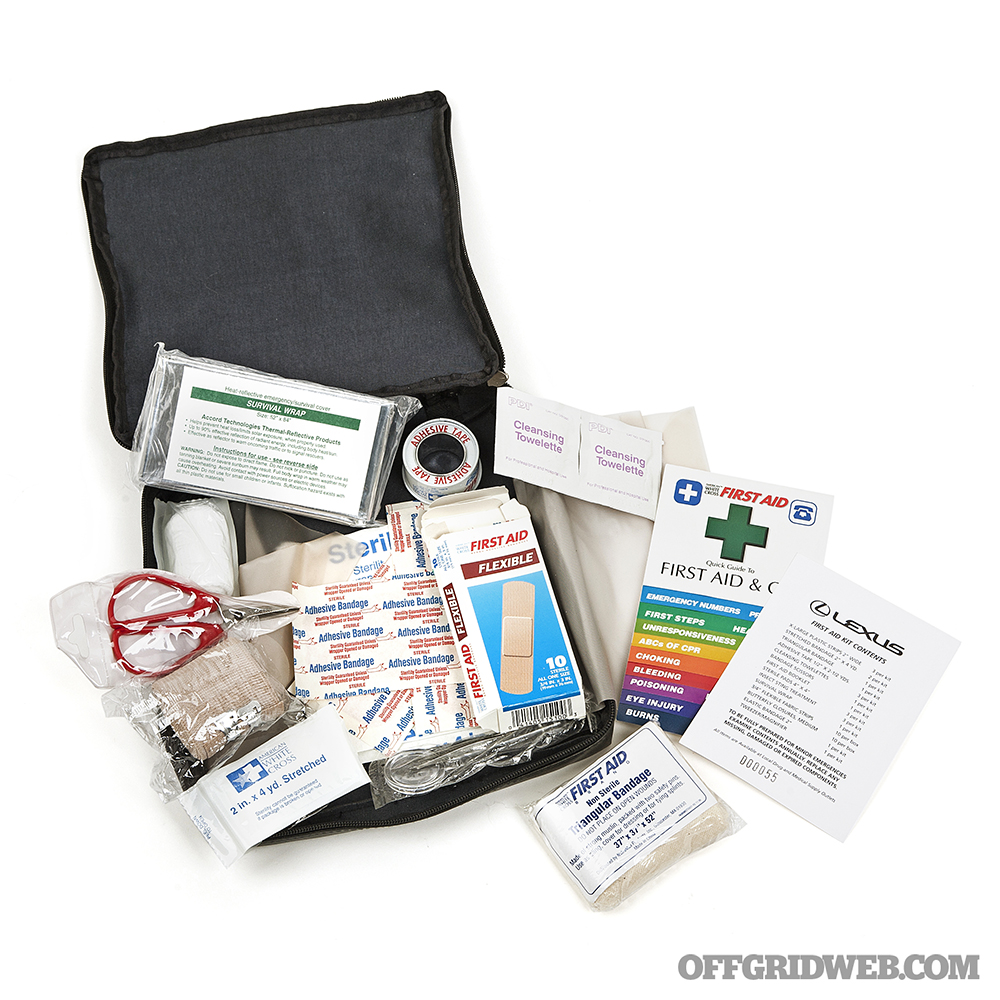
Tourniquets
Replace your favorite tourniquet if you have not done so in the past five years. By now, you have carried it in your pouch through every training session. You may have taken it out to practice applying it a few times. The Velcro can get mucked up, and the stitching can degrade over time. Most importantly, there have been newer generations of TQs since you bought your first one. Buy a new one and use the old one as a training device. Mark it so it doesn’t get put into circulation with those you might need to save a life with later.
Also, since the C-A-T was introduced in 2005, North American Rescue is now on the seventh generation of this TQ. My other favorite is the SOF-TT Wide from TacMed Solutions. I have carried that as well as the C-A-T in my medical kits. It was developed around the same time as the C-A-T and is now on its fifth generation. There have been other iterations of the TQ worth a look. Try several out and find which one satisfies your needs. I’d only buy one recommended by the CoTCCC, which updated its list of recommendations in May 2019.
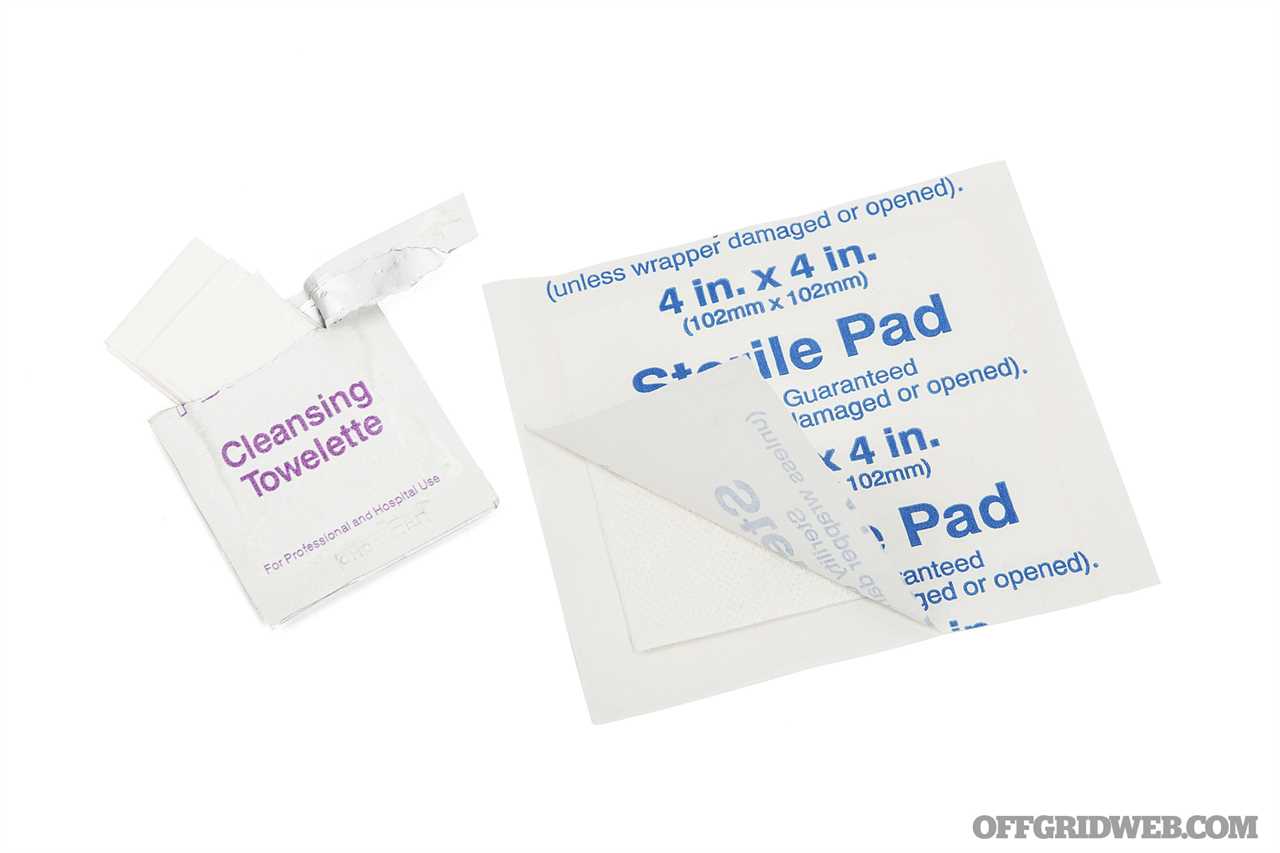
Above: Sterile products are only sterile if the packaging remains sealed. The wrapper on this gauze pad peeled apart as soon as we touched it — that’s a clear sign it’s past its shelf life. Unsuprisingly, the 24-year-old alcohol wipe was completely dry when we ripped it open. We suspect it has been that way for at least two decades.
First Aid Kit Pouches
Over time, we’ve gone from no kit to a first aid kit to a full-blown med kit with everything in between. The odds are that your original IFAK is out of date. The kits have become more compact and fit a little more unobtrusively on battle belts. Check out the Blue Force Gear Micro Trauma Kit. It can be adapted to fit a tourniquet as well. Also, check out the Dark Angel Medical ankle pouch for gunshot trauma. It’s compact, and I find it to be comfortable. I never go anywhere without it when I have my firearm with me.
There are versions of med kits that can attach to your headrest or your visor in your car. I find these particularly helpful and adjust the contents for auto accident scenarios. Dark Angel Medical has both of those iterations available.
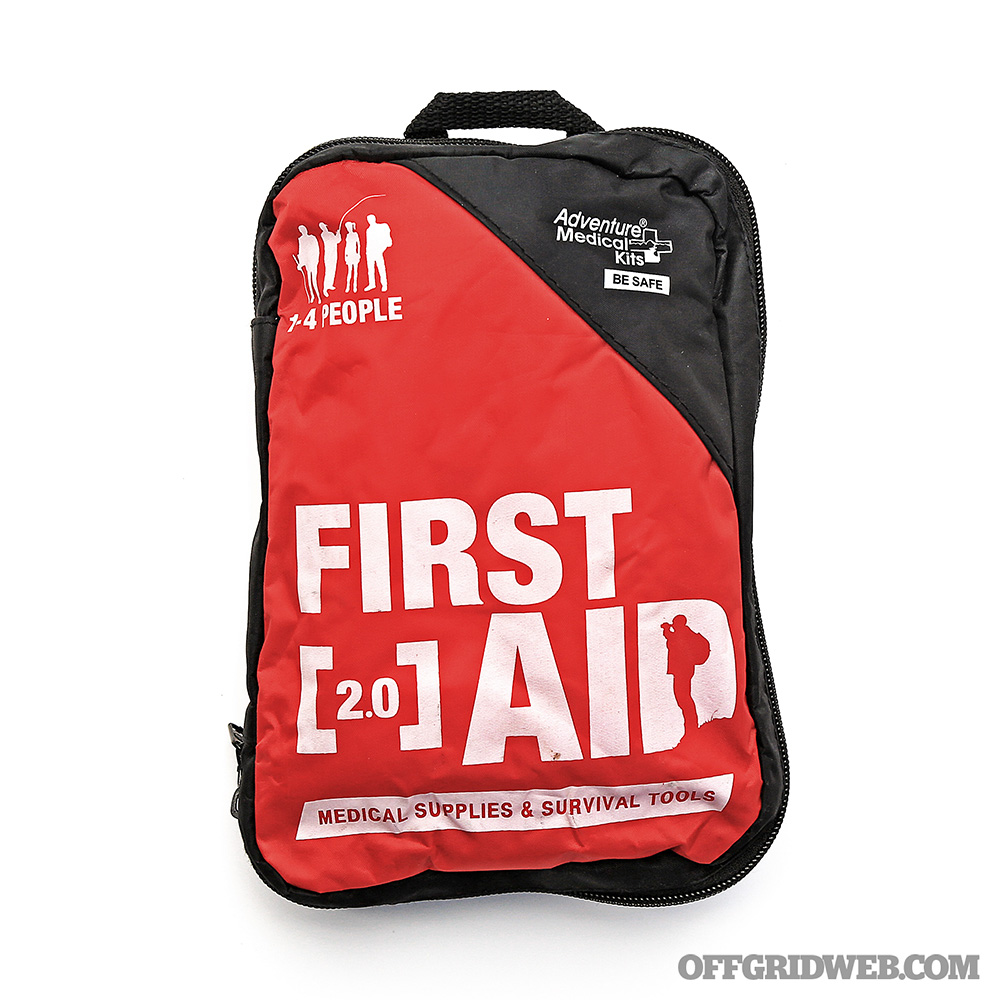
Note the yellowing around the edges of the clear divider windows inside this first aid kit. Even if the supplies look OK, the kit itself can also betray advanced age.
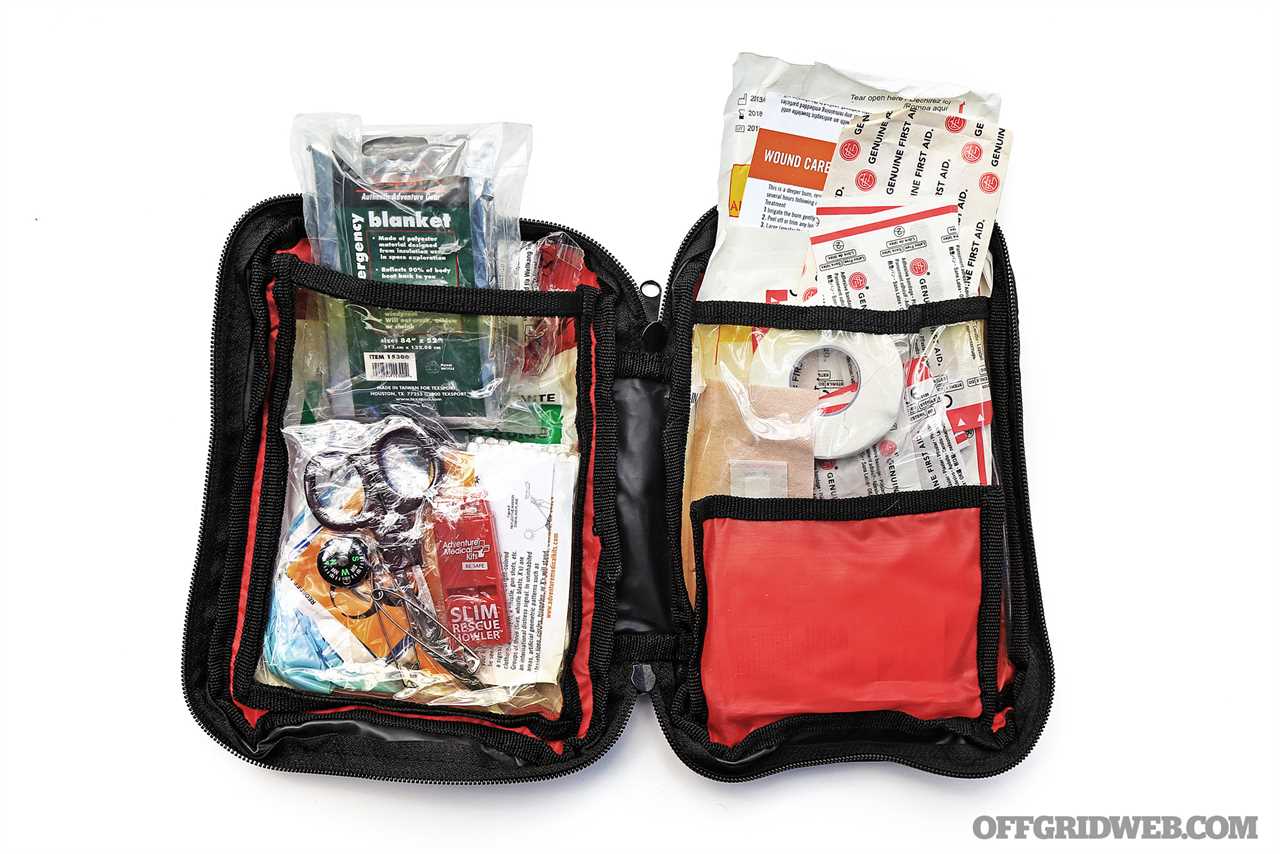
For larger bags with which you’d stage your vehicle, check out 5.11 Tactical and their ALS Duffel 50L bag. You can modify this bag in any way you can think of to fit your needs. You can also look at the bags at Tasmanian Tiger. They have clear pouches to visualize gauze, meds, and other items that’ll fit within your larger med kit.
Medications
Whether you’re carrying simple pain relievers, like acetaminophen or ibuprofen, or anti-diarrheal medication, like Immodium, make sure these haven’t met their expiration dates. Over-the-counter medications are easy to replace and often cheap as well. The expiration date becomes more important if you carry medications like sublingual nitroglycerine, inhalers, Epipens, glucagon pens, or naloxone. You need these to work when you need them. I have a rule that I discard medications after one year of acquiring them and replace them. Sure, they may work to some degree, but I want them to work in a situation where I need them.
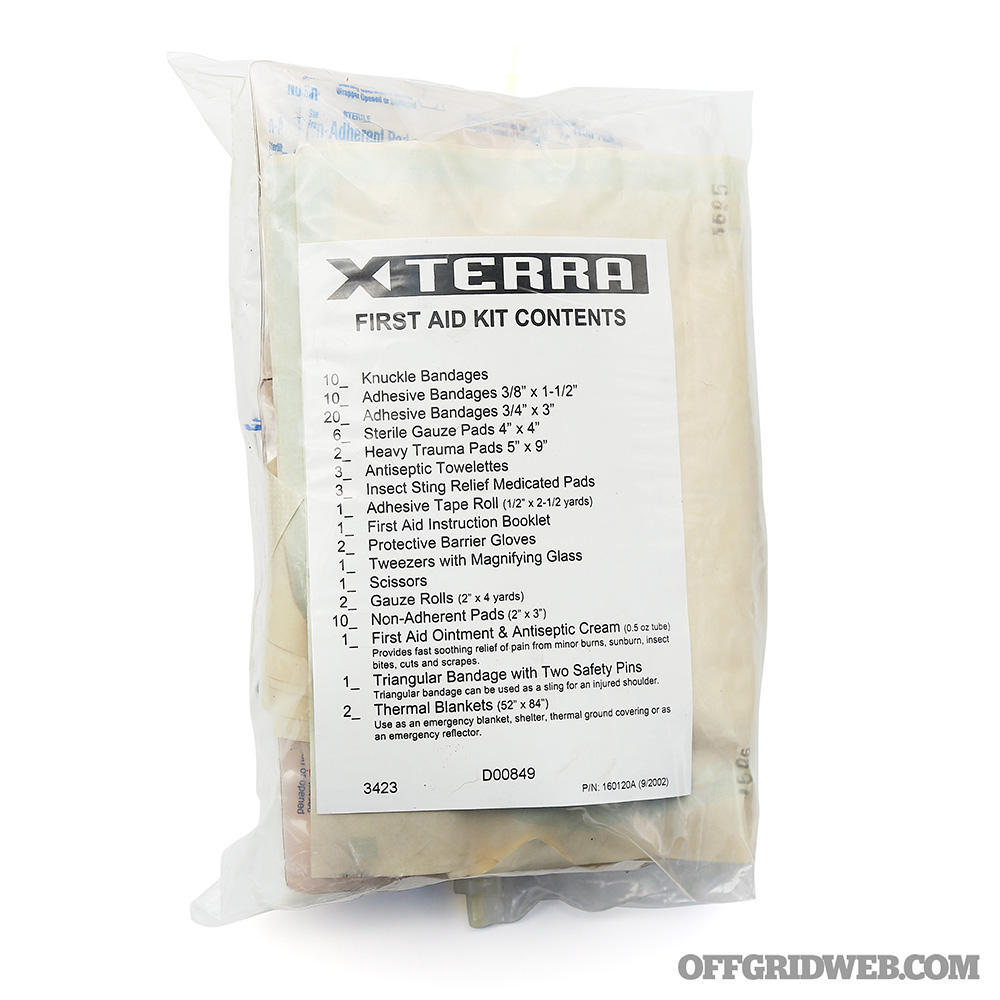
Prescription drugs are a little more work to replace, so ask your doctor for them. Explain why you carry them and how you’ll use them. They may oblige by writing the prescription. Try to buy them without using your insurance, as that’ll avoid any red flags your insurance carrier may infer from your purchase. Companies like GoodRx can provide significant savings off the retail price. That website will also give you an idea of where you can purchase it cheaper in your area.
Other Items to Consider
Some people want to carry a decompression needle for tension pneumothorax. I’m not a fan unless you’d bet your life (or someone else’s) on the training you received with it. In 20-plus years of medicine, I’ve only needed it twice. You cannot make a mistake when you use it without support personnel to fix your error. I hear people say they’ll carry it if someone on the scene knows how to use it. My problem with that is that I don’t know what training that person has had and how competent they are in using the needle. Long story short: Don’t carry one with you without the proper training.
How about a nasty fall on a camping trip, and you diagnose a fractured pelvis? Should you carry a pelvic sling? I guess it depends on how much room you have to carry your equipment. I’ve made them from tourniquets and SAM Splints that’ve worked just fine. I don’t carry one in my med kit.
Speaking of SAM Splints, I love them! They’re so versatile and effective for treating musculoskeletal injuries. They’re lightweight and easy to use. Why wouldn’t you have one in your pack?
What about a pocket CPR mask? Check out the article I wrote in Issue 41 of RECOIL OFFGRID about various CPR masks. The Red Cross now admits that hands-only CPR may be just as beneficial as doing mouth-to-mouth plus CPR. That being said, CPR masks are still an option for those wanting to provide that skill.

Alcohol wipes are cheap and plentiful, but they dry out over time. If you’ve had these in your kit, I’d recommend replacing them every year.
Trauma shears are also something to consider replacing. There may have been some wear on them from toting them around in your bag. There are new and tacticool shears, like the Leatherman Raptor. They’re expensive and not something you’d throw away after use. The company has no recommendations for autoclave or cleaning procedures once they’ve been exposed to bodily fluids. I recommend sticking with the $5 shears, which are disposable and easy to use. You can also look at something like the ResQ Me keychain. It’s meant to be a seatbelt cutter but works well for cutting through clothes too.
In Summary
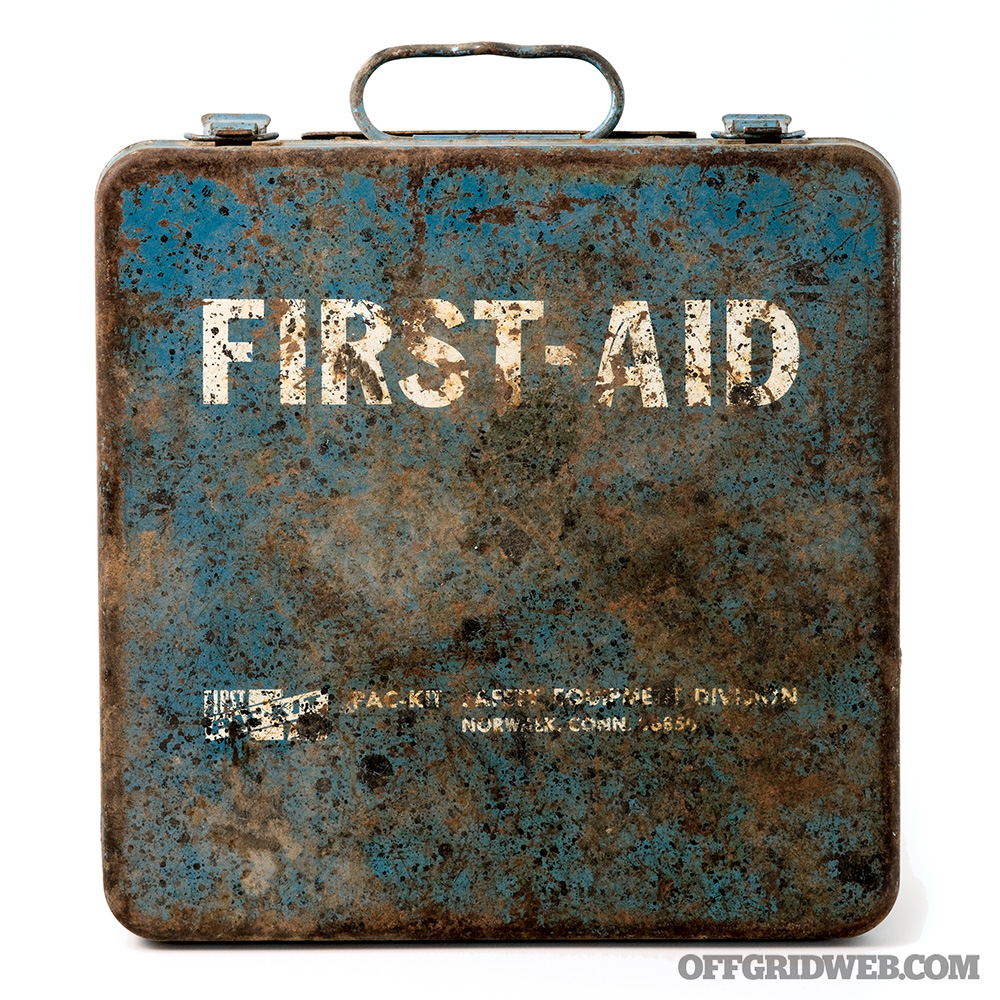
First off, atta boy for carrying a med kit in the first place. Second, stay current on the latest iterations of gear that you carry in your kit. Each generation may have significant improvements to make things easier when Murphy drops a trauma dump on you. Use old items as training opportunities and have fun challenging friends to trauma scenarios. Since you’re updating your gear, consider expanding what you carry based on the additional training since your first IFAK was packed. Lastly, get more medical training. Medical skills are perishable too and need to be reviewed to stay current.
SOURCES
- 5.11 Tactical > 511tactical.com
- Blue Force Gear > blueforcegear.com
- Dark Angel Medical > darkangelmedical.com
- GoodRx > goodrx.com
- Leatherman > leatherman.com
- North American Rescue > narescue.com
- SAM Medical > sammedical.com
- TacMed Solutions > tacmedsolutions.com
- Tasmanian Tiger > tasmaniantigerusa.com
About the Author
David L. Miller, DO, FACOI is an internist in private practice for 20 years. His experiences away from the office have included time as a fight doctor in regional MMA events and as a team physician for 10 years at a mid-major university in the Midwest. Currently, he serves as the lead medical instructor for the Civilian Crisis Response team based out of Indianapolis.
Related Posts
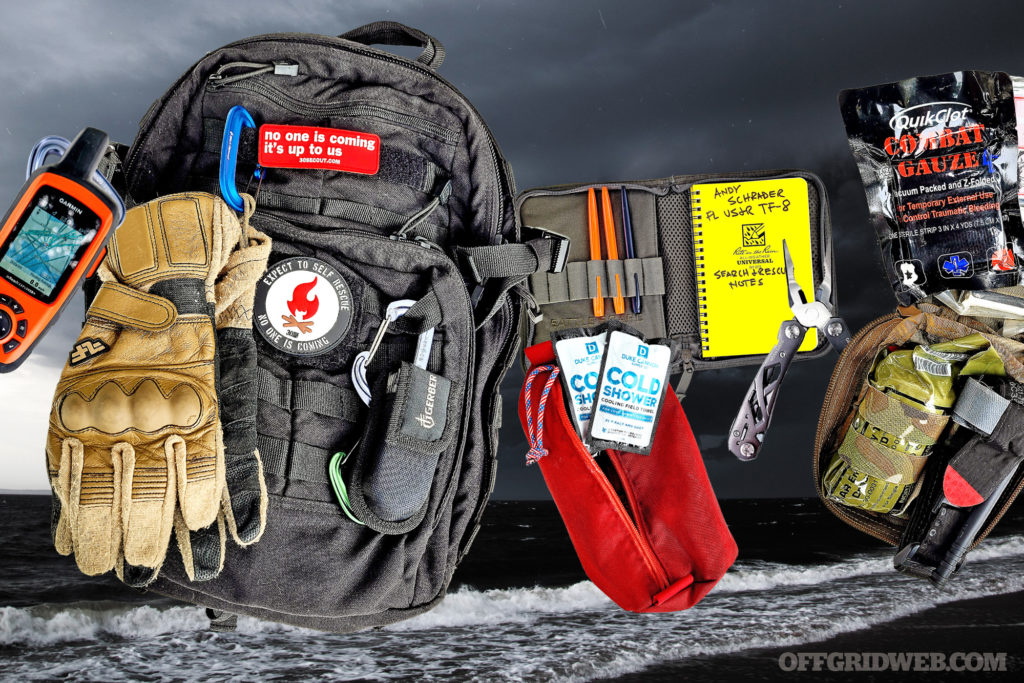
Bag Drop: 5.11 RUSH12 Hurricane Response BackpackThe RUSH12 is my “12-hour pack” used for the 16- to 18-hour shifts that we end up working during a hurricane search and rescue deployment.
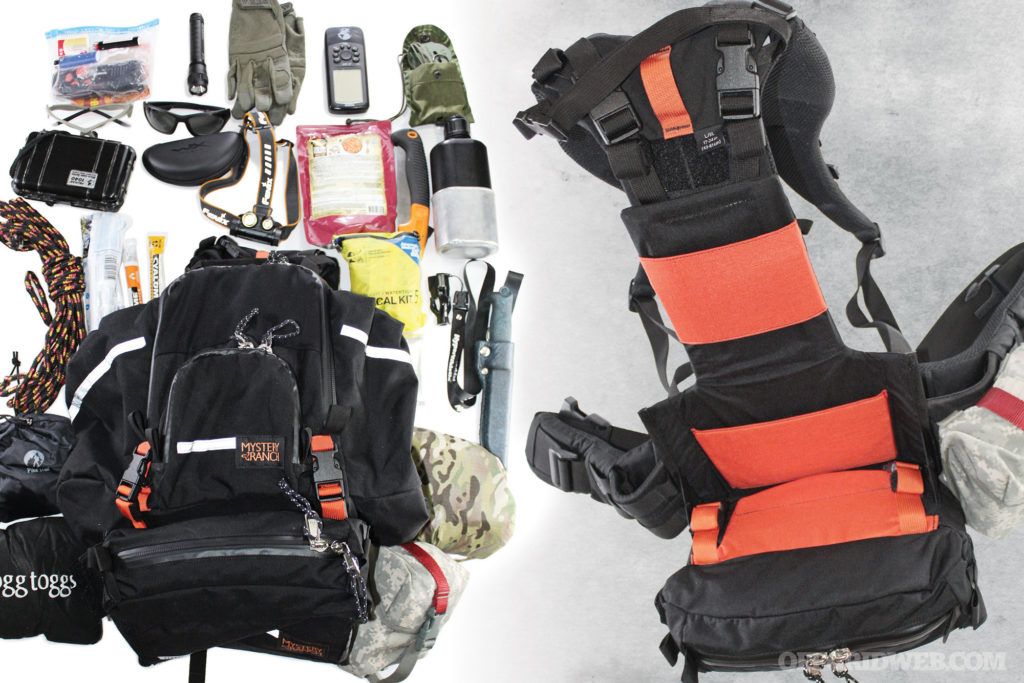
Bag Drop: Mystery Ranch Shift Plus 900 Modular BackpackWorking as a forester and volunteering for search-and-rescue incidents is demanding. The Mystery Ranch Shift Plus 900 is perfect for those tasks.
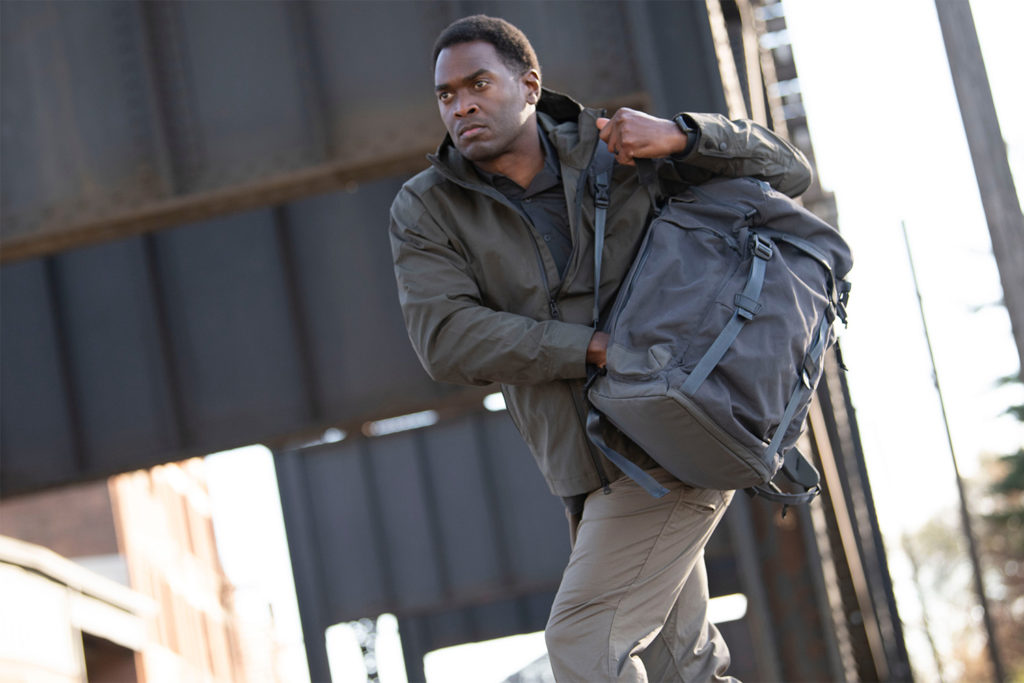
New: Vertx Ardennes Covert BackpacksThe new Vertx Ardennes Collection backpacks feature water-repellent canvas and leather trim that won't look out of place in an urban environment.

Lessons from a Soviet Union Collapse & Chernobyl SurvivorAfter living through the collapse of the Soviet Union and the fallout of Chernobyl, Greg Mihovich understands the value of preparedness.

Improvised Antiseptics for Preventing InfectionWith a little knowledge and imagination, improvised antiseptics can help the family medic decrease the risk of infection, even off the grid.
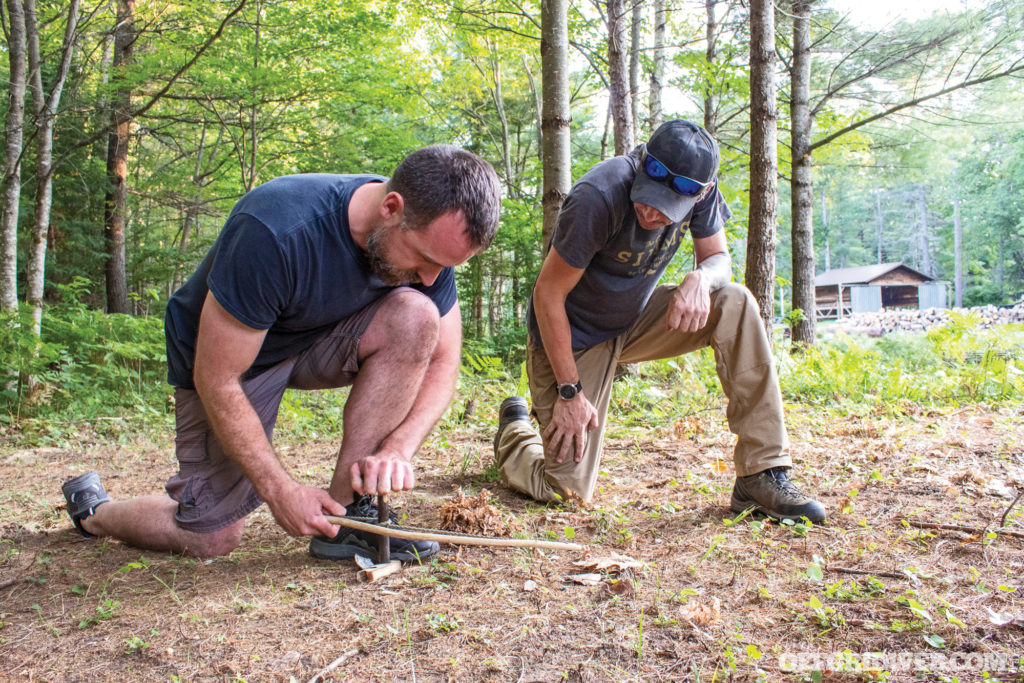
Jerry Saunders Interview: At Home in the InhospitableJerry Saunders is a Marine veteran, bladesmith, founder of Corvus Survival, and expert in cold-weather survival skills.
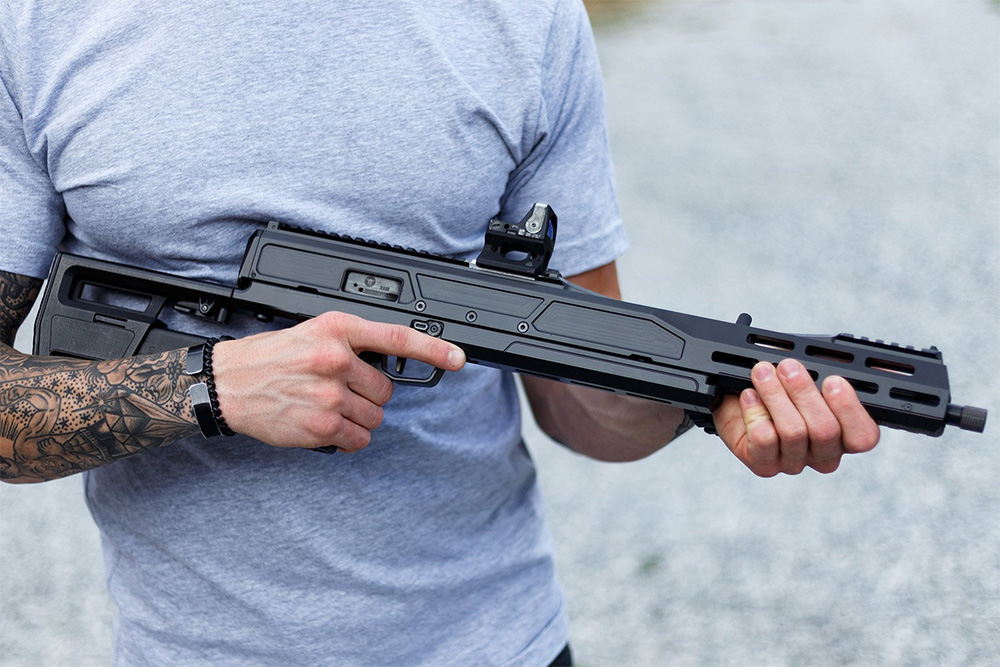
First Look: Trailblazer Pivot 9mm RifleAt SHOT Show 2022, we ventured into the basement in search of hidden gems. If you've ever attended the show in Las Vegas, you'll know that this level of the convention center is typically […]
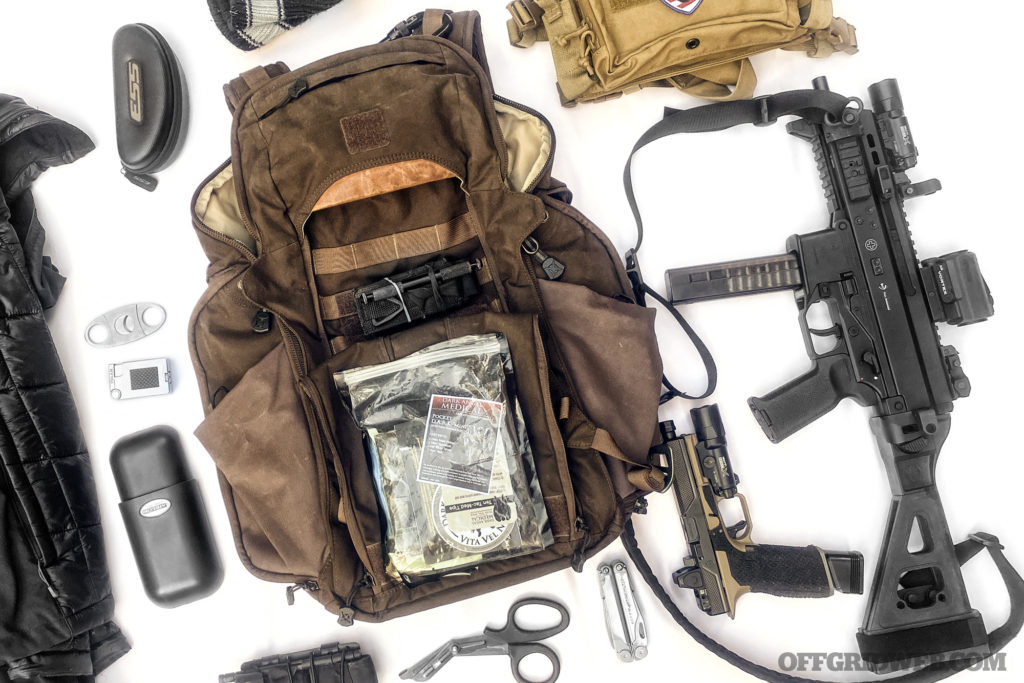
Bag Drop: Personal Security Detachment BackpackThe point of Personal Security Detachment (PSD) is to offer close protection of a high-value individual. You don’t want to look heavily-armed.
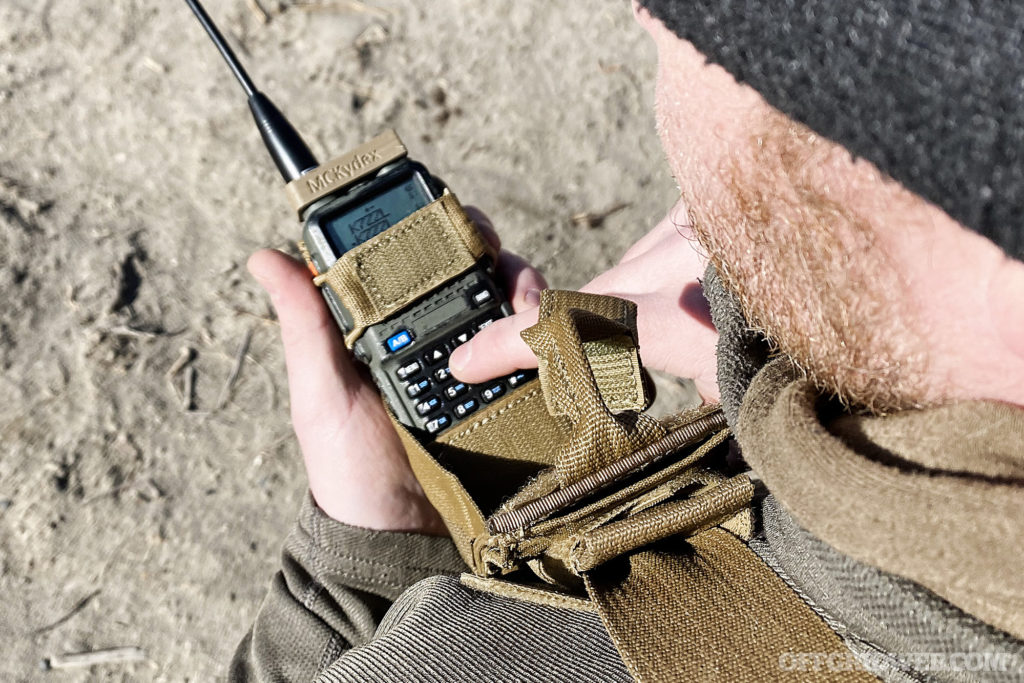
How to Carry Your Handheld Emergency RadioUnlike cell towers, HAM radio doesn’t get overwhelmed during crises. This is why it's wise to carry a handheld emergency radio in your survival kit.
The post How Outdated is Your First Aid Kit? appeared first on RECOIL OFFGRID.
By: Offgrid Staff
Title: How Outdated is Your First Aid Kit?
Sourced From: www.offgridweb.com/survival/how-outdated-is-your-first-aid-kit/
Published Date: Fri, 13 May 2022 20:12:02 +0000
-------------------------------------------------------------------------
 CampingSurvivalistHuntingFishingExploringHikingPrivacy PolicyTerms And Conditions
CampingSurvivalistHuntingFishingExploringHikingPrivacy PolicyTerms And Conditions
